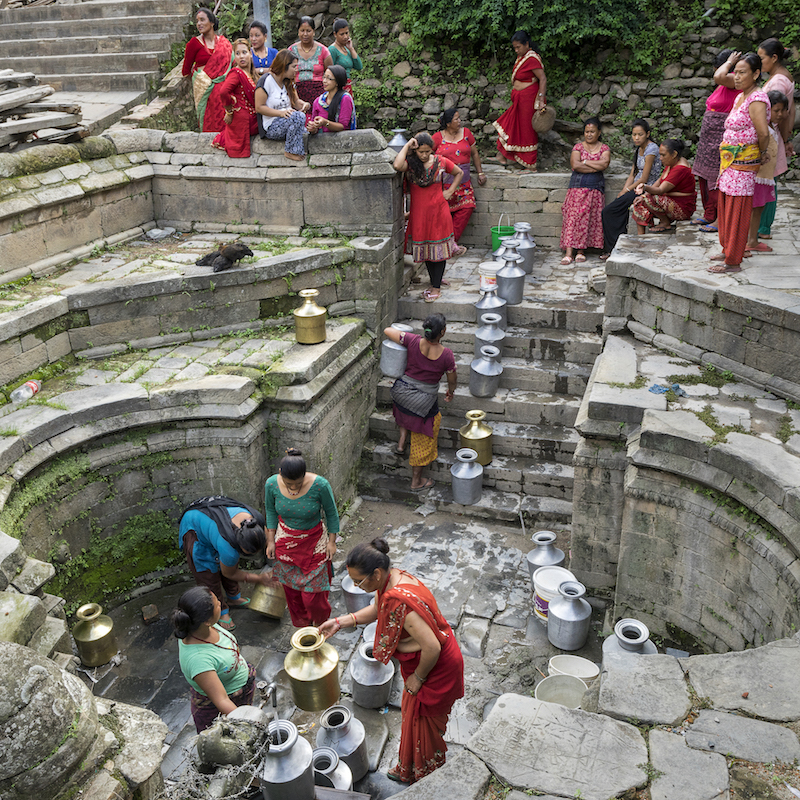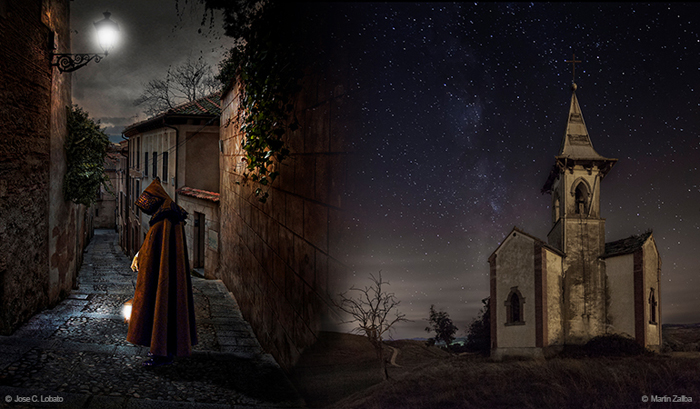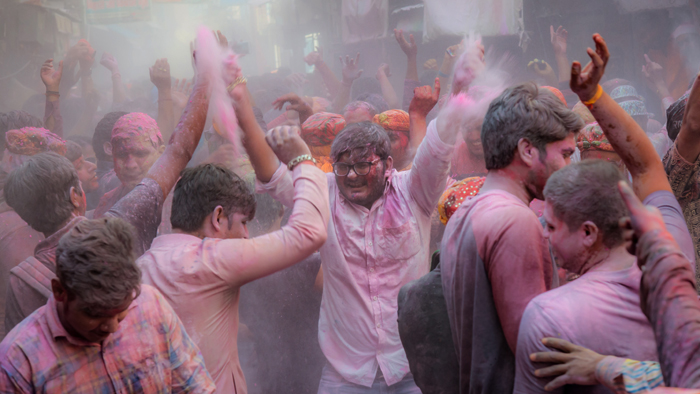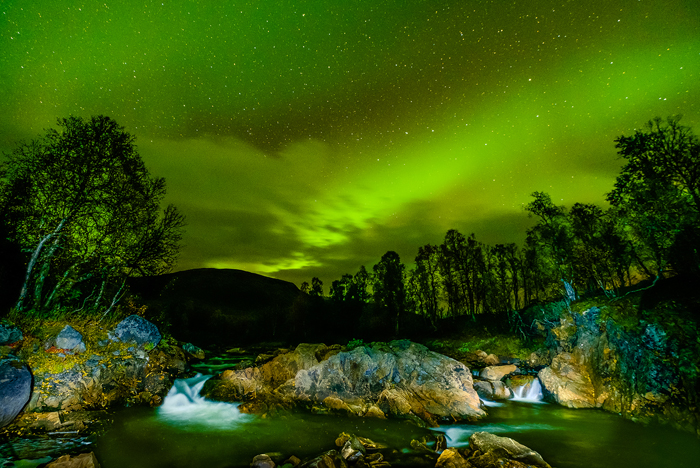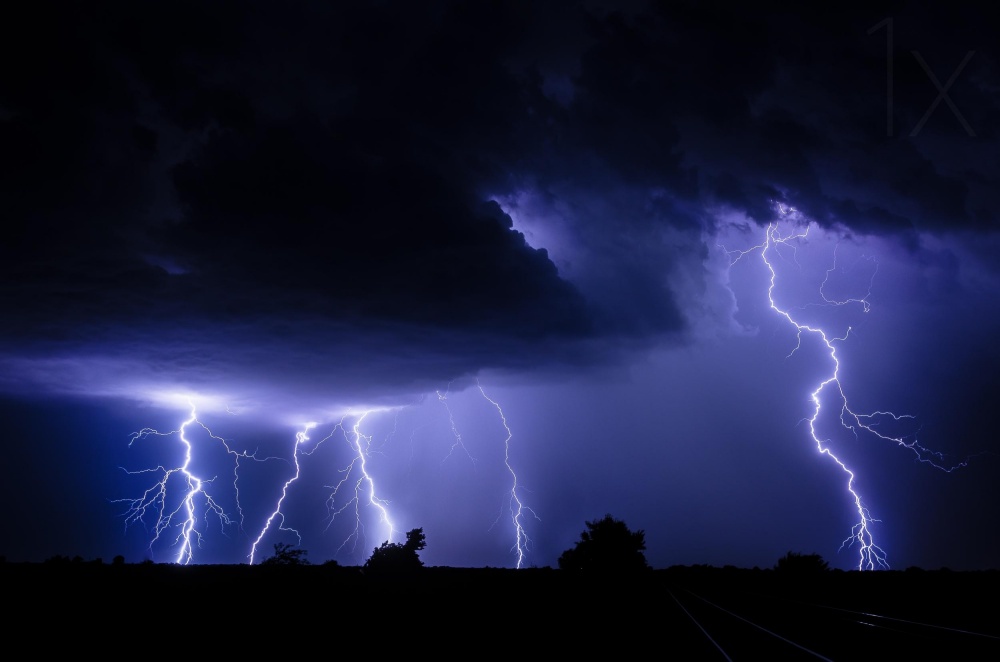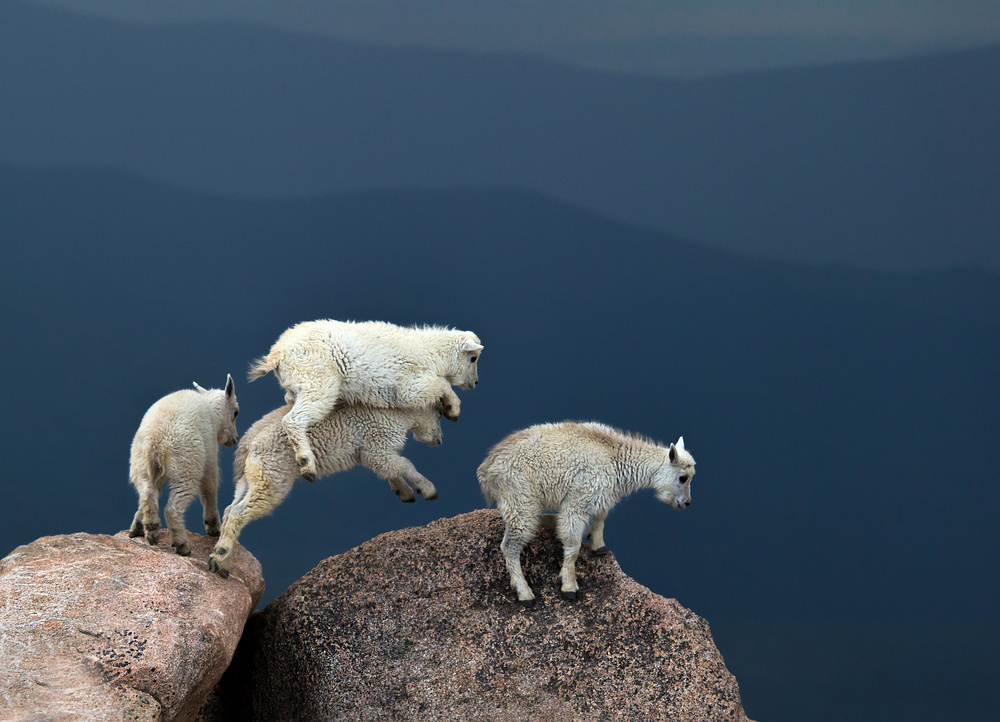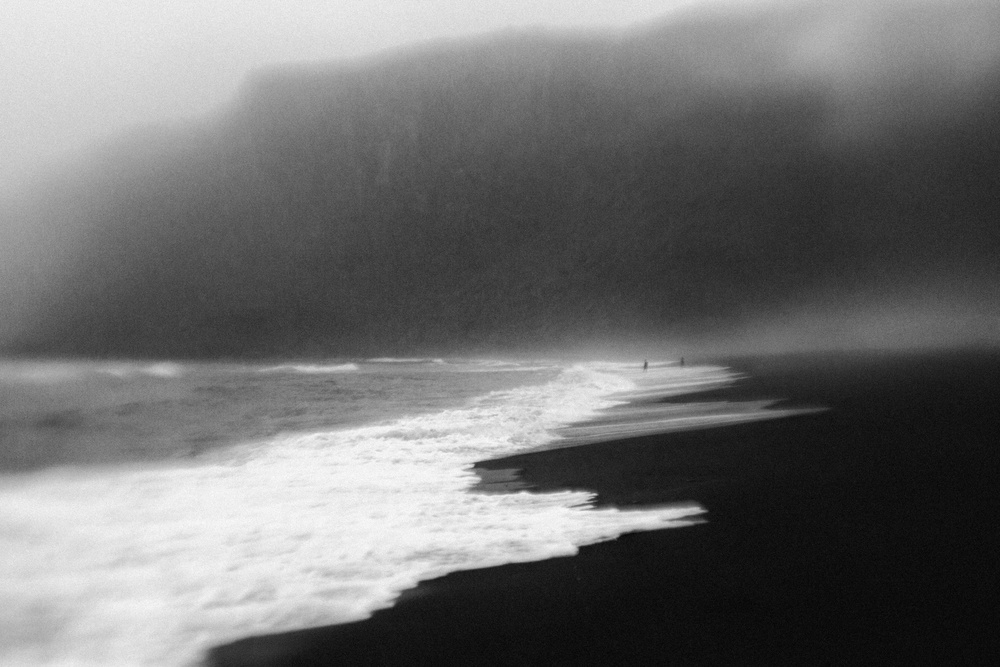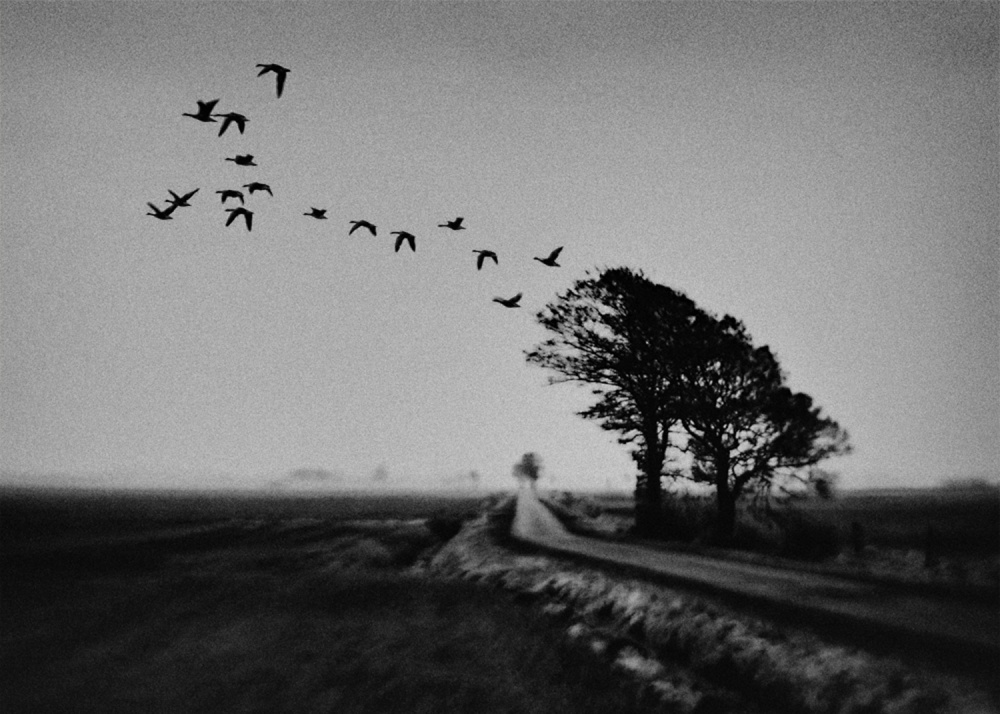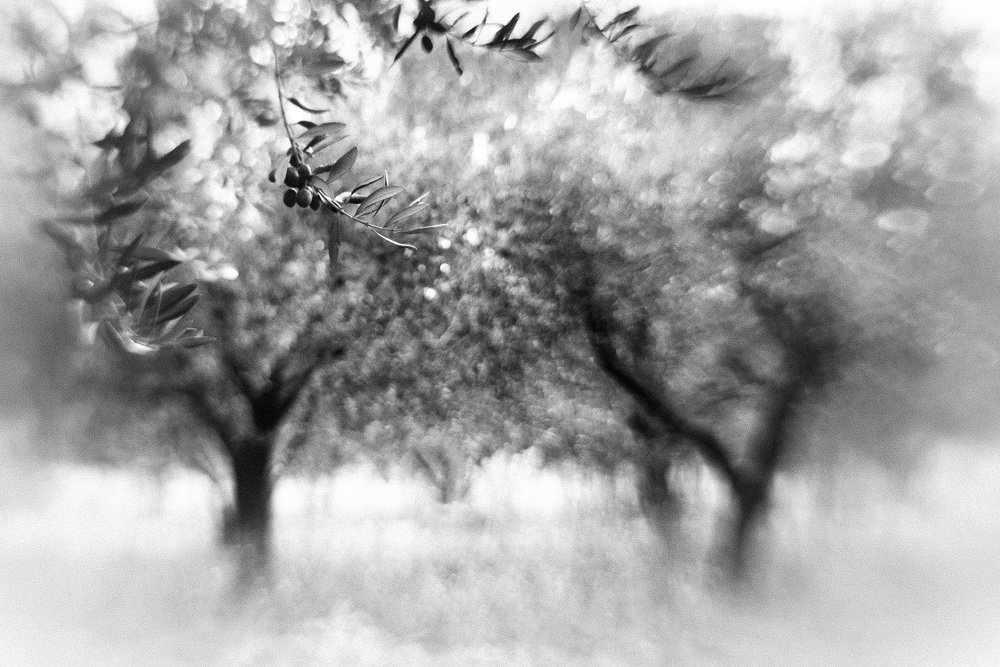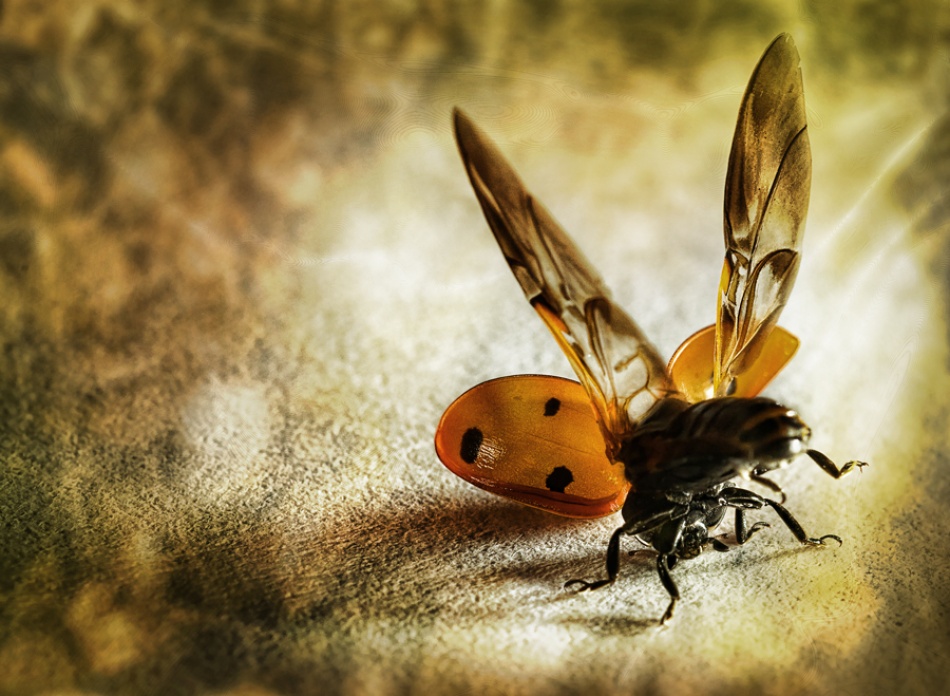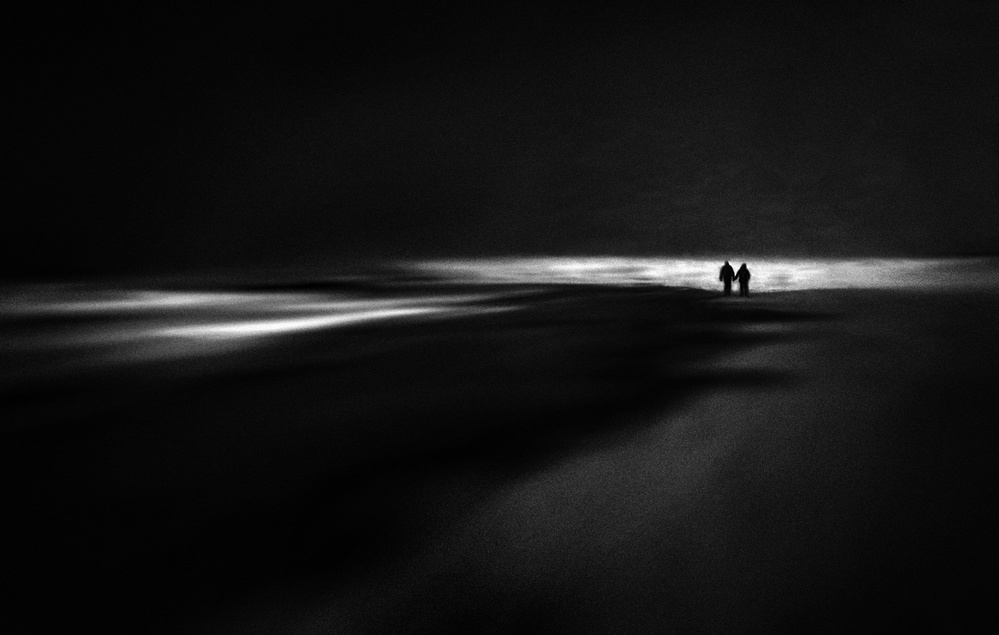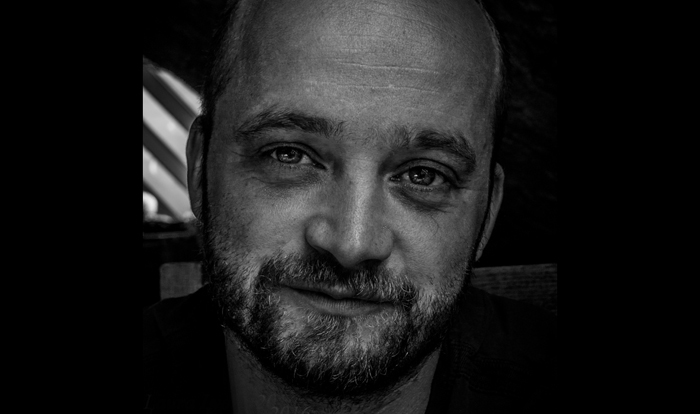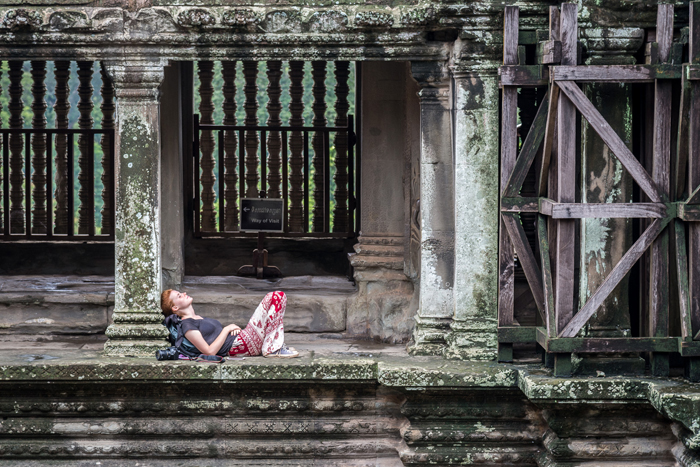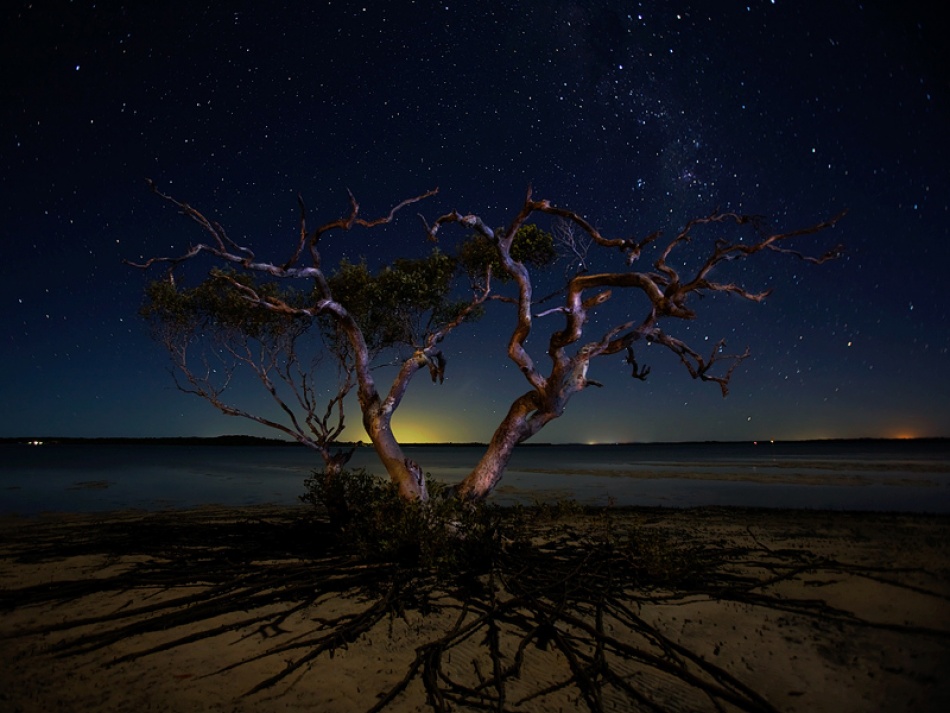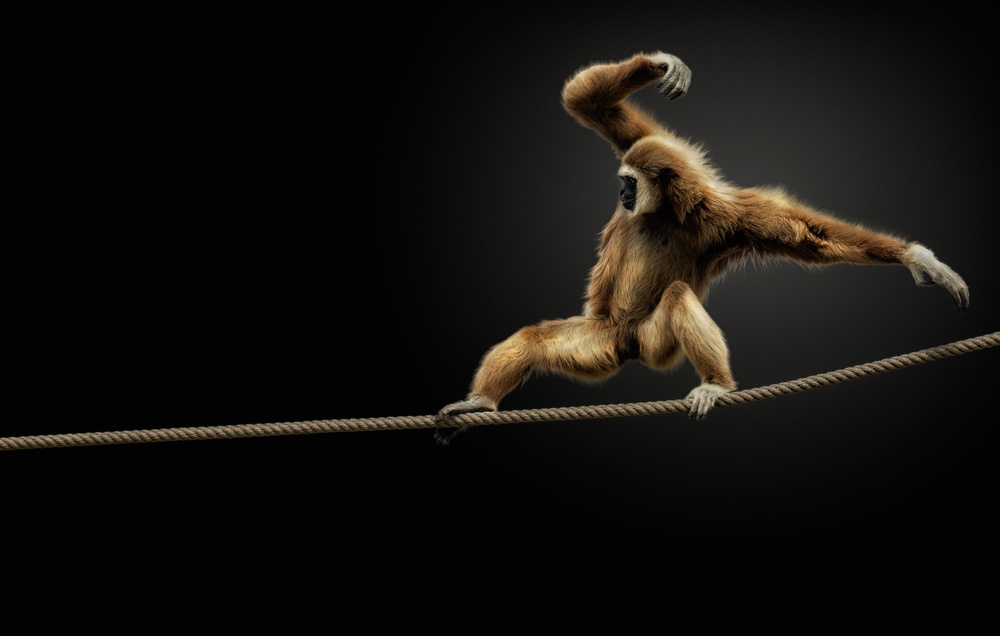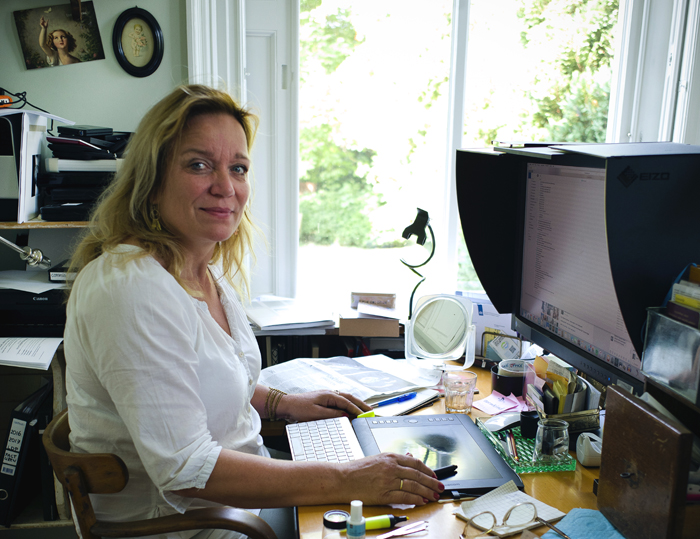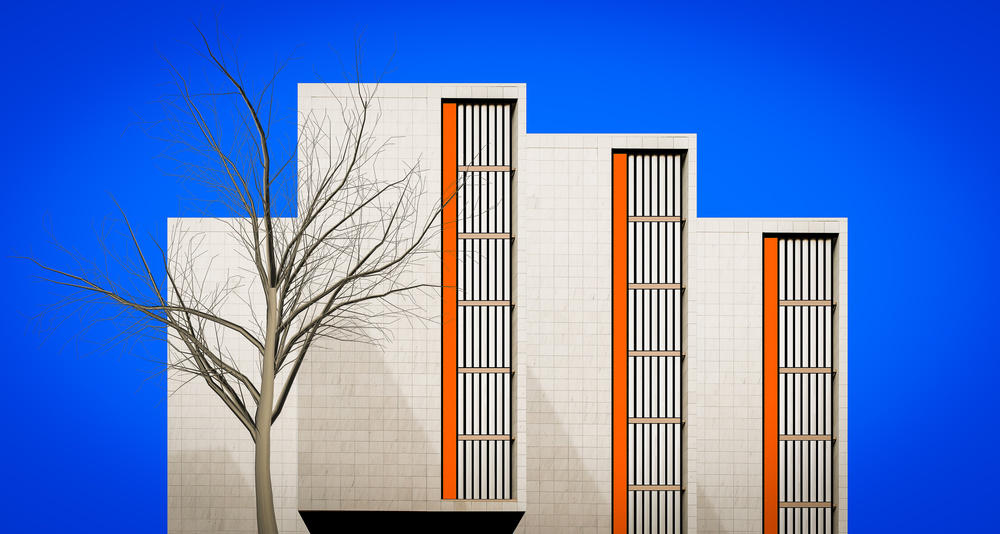Tips & Tricks
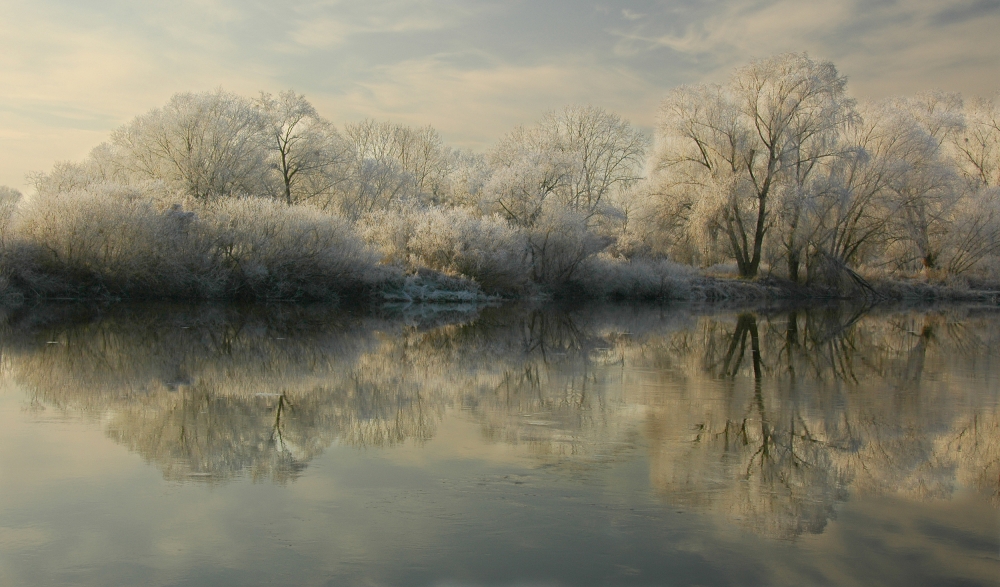
Another Winter Day
1x Blog-Tips & Tricks' .
It takes some effort to figure out how to exploit the full potential of a scene. Sometimes I find that I’m standing in front of an amazing landscape and manage to get some really good shots, but once I see the final image it seems that something is missing. This image stems from such an experience. Because I wasn’t satisfied with my previous photographs, I decided to revisit this location and make another attempt at capturing the magic of this place.
I went back to the familiar terrain a few months after I had taken the initial photographs. Much to my delight I discovered that the weather conditions had completely altered the area. The transformation was incredible! The leafless trees, which previously had formed dull shapes against the sky, had transmuted into bright and fluffy vegetation. The water was close to freezing, so it had become an excellent mirror. The pristine reflection in the almost-frozen water illustrated the stillness and serenity of the place and created a well-balanced composition. Everything was enshrouded in the soft light of that day; it seemed it was the perfect day for photography.
The brilliant collaboration of the different components gave the photograph what had been missing the first time I shot this landscape. As the beautiful scenery presented itself to me, all I had to do was press the shutter button.
. '
by Jacek Stefan
Every winter I hope for the same perfect conditions that occurred the day I took this shot. So far, I have not experienced such a moment again. In fact, the conditions were so ideal, so splendid and refined, that if I didn’t have this photograph as proof, I would be convinced that it all had been an illusion.
From time to time, a well-known place can be photographed in such a way that the scene causes sighs of admiration. I believe that such images are created when the photographer finds the essence and poetry of a certain place.
It takes some effort to figure out how to exploit the full potential of a scene. Sometimes I find that I’m standing in front of an amazing landscape and manage to get some really good shots, but once I see the final image it seems that something is missing. This image stems from such an experience. Because I wasn’t satisfied with my previous photographs, I decided to revisit this location and make another attempt at capturing the magic of this place.
"Everything was enshrouded in the soft light of that day; it seemed it was the perfect day for photography."
I went back to the familiar terrain a few months after I had taken the initial photographs. Much to my delight I discovered that the weather conditions had completely altered the area. The transformation was incredible! The leafless trees, which previously had formed dull shapes against the sky, had transmuted into bright and fluffy vegetation. The water was close to freezing, so it had become an excellent mirror. The pristine reflection in the almost-frozen water illustrated the stillness and serenity of the place and created a well-balanced composition. Everything was enshrouded in the soft light of that day; it seemed it was the perfect day for photography.
The brilliant collaboration of the different components gave the photograph what had been missing the first time I shot this landscape. As the beautiful scenery presented itself to me, all I had to do was press the shutter button.
POST PROCESSING
I processed this image in Photoshop.
1) I rotated the image about 1.4 degrees to level the riverbank.
2) I duplicated the background in order to leave the original image unmodified. By doing this, I can always return to the original image.
3) To give a bit of character to the image, I duplicated the background again, desaturated it by 100%, changed the blending mode to Overlay and set Opacity to 15%.
4) This new desaturated layer improved the look of the trees, but the shadows along the riverbank were now too dark. So I added a Layer Mask and painted over the shadows with a black Brush, which returned them to their initial appearance. In the Layers Panel, the mask looked like this:
5) I then darkened the upper and lower parts of the frame slightly by copying the Overlay Layer and its Layer Mask, changing the blending mode to Multiply and setting Opacity to 21%. In order for this new layer to affect only the upper and lower parts of the image, I painted the trees and their reflection with a black Brush.
6) I then applied a Levels adjustment layer, moved the sliders to 14: 1.71: 240 and set Opacity to 60%. With a soft black Brush I covered the blue sky and its reflection.
7) I added a Hue/Saturation layer and modified the Yellows Hue to +12, the Yellows Saturation to +23 and the Yellows Lightness to +19.
My final image finally corresponded to the magnificent scene that I saw when I took the photograph.
1) I rotated the image about 1.4 degrees to level the riverbank.
2) I duplicated the background in order to leave the original image unmodified. By doing this, I can always return to the original image.
3) To give a bit of character to the image, I duplicated the background again, desaturated it by 100%, changed the blending mode to Overlay and set Opacity to 15%.
4) This new desaturated layer improved the look of the trees, but the shadows along the riverbank were now too dark. So I added a Layer Mask and painted over the shadows with a black Brush, which returned them to their initial appearance. In the Layers Panel, the mask looked like this:
5) I then darkened the upper and lower parts of the frame slightly by copying the Overlay Layer and its Layer Mask, changing the blending mode to Multiply and setting Opacity to 21%. In order for this new layer to affect only the upper and lower parts of the image, I painted the trees and their reflection with a black Brush.
6) I then applied a Levels adjustment layer, moved the sliders to 14: 1.71: 240 and set Opacity to 60%. With a soft black Brush I covered the blue sky and its reflection.
7) I added a Hue/Saturation layer and modified the Yellows Hue to +12, the Yellows Saturation to +23 and the Yellows Lightness to +19.
My final image finally corresponded to the magnificent scene that I saw when I took the photograph.
TIPS
1) Prepare well, but also make sure that you make the effort to look for the perfect scene.
2) It is good to have an appropriate lens already attached to the camera in order to avoid lens changing in the crucial moment.
3) If you miss the best moment, try shooting the same place again but a day, month or year later.
4) Remember that if the process of hunting for a good photograph is difficult, the satisfaction of capturing that shot is going to be that much greater.
2) It is good to have an appropriate lens already attached to the camera in order to avoid lens changing in the crucial moment.
3) If you miss the best moment, try shooting the same place again but a day, month or year later.
4) Remember that if the process of hunting for a good photograph is difficult, the satisfaction of capturing that shot is going to be that much greater.
BIOGRAPHY
By profession I’m a naval architect. My interest in photography started in the late '60s. In 1980 I became a member of a photographic society. Immediately I was motivated to treat my hobby more seriously, and I was encouraged to take part in various photo exhibitions in Poland (where I'm from) and abroad (in Romania, South Korea, Portugal, Czechoslovakia, USA, Great Britain, Spain, France, Honk Kong, Singapore, Macau, Italy, Philippines, Hungary and Taiwan). Some of my pictures were awarded prizes and/or honorable mentions. As a result, I was honored with the AFIAP title given by the Fédération Internationale de l'Art Photographique.


